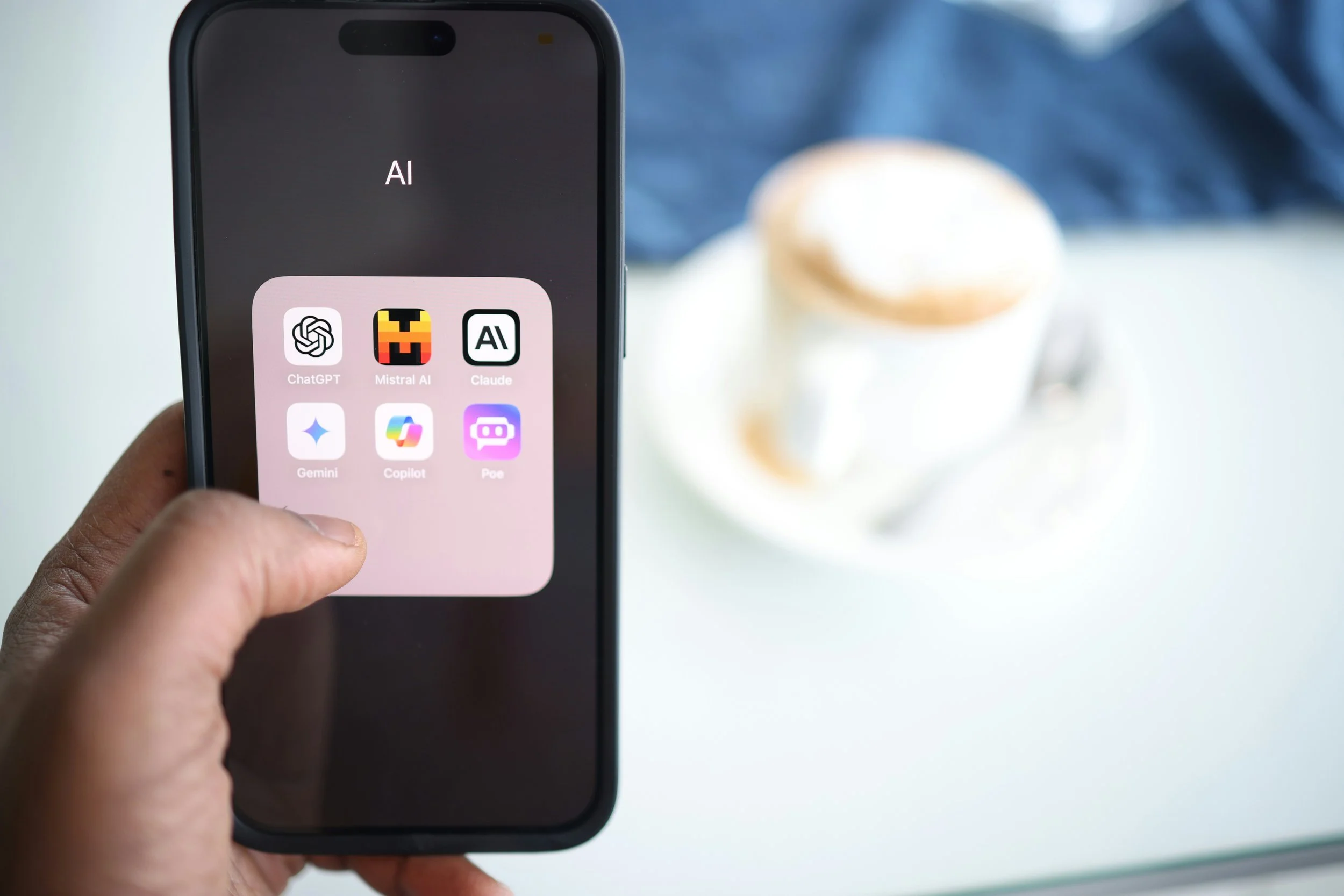The New Metric Behind AI-Driven Teams
Insights | New Stardom
Photo by Solen Feyissa
New Stardom reviewed Microsoft’s 2025 Work Trend Index and found that companies are beginning to measure team capacity using a new internal benchmark: the human-to-agent ratio.
Microsoft’s 2025 Work Trend Index, based on data from 31,000 workers across 31 countries, highlights a shift inside companies adopting AI. Some are no longer defining teams by headcount, but by how many AI systems are assigned to each employee.
A marketing team, for example, might include two staff members supported by half a dozen agents, each handling distinct tasks like research, content generation, campaign testing, or scheduling.
Microsoft refers to these firms as “Frontier Firms”, organisations that have moved beyond using agents as tools and now embed them directly into everyday workflows.
New Stardom’s analysis shows that companies are beginning to restructure teams around measurable output. Internal systems are being built to track what agents contribute, and human-to-agent ratios are used to determine where work can scale without hiring.
But as these structures evolve, oversight becomes harder to define. When multiple agents contribute to a project and no single employee is responsible for the full outcome, accountability starts to blur. Efficiency may improve on paper, but the actual chain of responsibility is less visible.
The model isn’t yet standard across industries. Microsoft presents it as one likely to spread. In fields like marketing, design and engineering, where speed and automation are already embedded, agent-based staffing is changing how tasks are assigned and how teams are built.
As more routine work shifts to agents, entry-level roles are disappearing. That may reduce costs in the short term, but it also removes the roles where employees typically build skills. Without those early steps, companies risk long-term gaps in expertise and a breakdown in the internal structures that support progression.
Agent-based staffing is gaining ground as a model for scaling work. But with fewer junior roles and more fragmented oversight, questions remain about how durable these structures are and what kind of workforce they’re ultimately designed to support.
Microsoft’s report frames the shift as inevitable. The question is what kind of workplace is being built when teams are defined by what can be automated.
Want more insight into how AI is reshaping team structure and job design? Follow New Stardom for original reporting on the future of work.
Report:
2025 Work Trend Index Annual Report, Microsoft
If you liked this story, subscribe for The Monthly Roundup newsletter, cross-checked, and hand-curated by humans.
Have insights on work and the future of work? Submit an opinion piece to New Stardom. Love work and career books? Explore our fun workplace book collection.
New Stardom is an independent magazine covering the Future of Work, AI, and emerging job trends. Stay informed and explore more on New Stardom.


